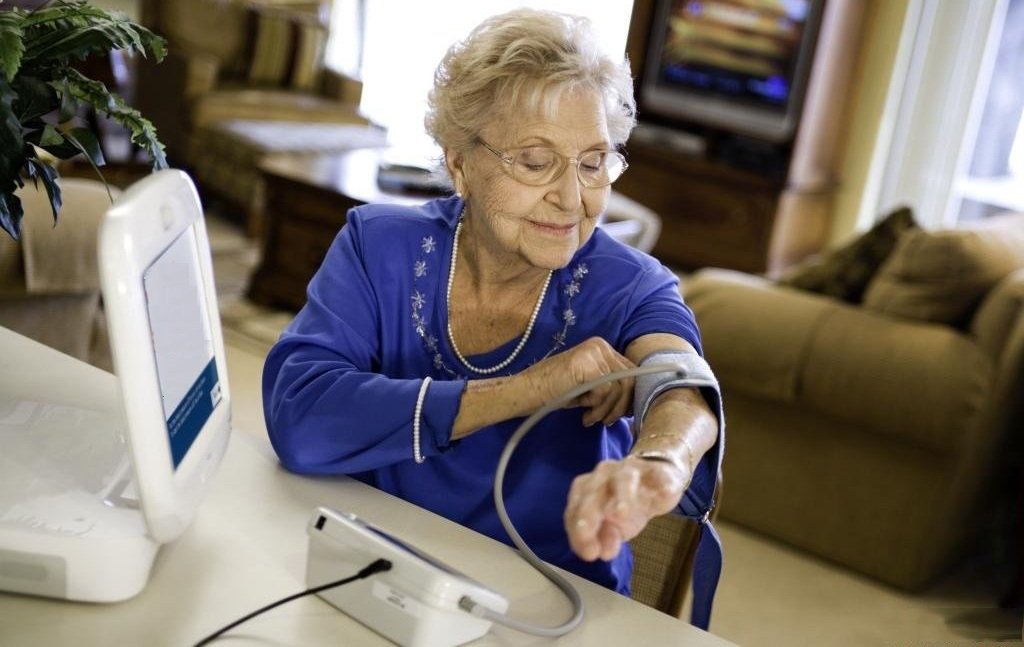SMART HOMES: KEEPING ELDERLY CITIZENS INDEPENDENT
An Ageing World
- Between 2015 and 2030, the number of people worldwide aged 60 years or over is projected to grow by 56%.
- In the next 15 years, older populations are expected to grow the most in Latin America and the Caribbean (71%), Asia (66%), Africa (64%), North America (41%) and Europe (23%).
- Between 2010 and 2015, women accounted for 54% of the worldwide population of 60 years or older.
- By 2050, 44% of the global population will live in relatively aged countries, with at least 20% aged 60 years or more.
[UN Statistics, 2015]
According to a 2015 report released by the UN, virtually every country in the world is seeing a significant growth in ageing populations. The report states that ageing “is poised to become one of the most significant social transformations of the twenty-first century, with implications for nearly all sectors of society”.
With this in mind, greater strain is likely to be placed on sectors such as the health services as they look to manage potential geriatric health problems and provide the compatible treatments. The question may well be asked: how does society take care of its elderly population when they require only minimal outside help?
This is where the latest RFID tracking solutions and the Internet of Things (IoT) come in useful, providing elderly citizens with the means to continue living their lives independently. This is especially useful when they do not require long-term treatment in a hospital or nursing facility, but still require a safety net should they require assistance.
Quality of life with independence
The Internet of Things (IoT) is slowly starting to make its way into our lives, providing us with the information we need to make more informed decisions. As the RFID tracking solutions that make up the IoT gradually increase in numbers, these systems will help the elderly whilst they remain in the comfort of their own homes.
When the elderly do not require full-time care in healthcare facilities, RFID tracking provides the solutions to ensuring they can still make use of an alert system should they require help. Geriatric care specialists generally support the view that any changes to daily routine can be a sign of illness and a decline in their mental abilities. With this on board, RFID systems attached to home appliances can show when any significant changes occur, and ensure that healthcare providers assigned to checking in on elderly citizens can pay a home visit.
Creating Smart Homes
Integrating the Internet of Things solutions into an individual’s most personal space does mean they have to give up at least some of their privacy. On the other hand, it does ensure a safety net – if there is a fall, an alarm can be immediately sent out for help, with doors able to unlock at the simple swipe of a smartphone interface.
Each IoT-related RFID tracking can be integrated into an elderly resident’s house in several ways, with each solution focusing on comfort and quality of life. These benefits include:
- Elderly citizens can receive improved healthcare when RFID technology is used to monitor things such as medication intake and the like. With this information coming into a centralized web-based app, caregivers receive the most up-to-date data coming in from RFID readers installed at various points throughout the home. Each tag provides the signals for an elderly resident’s daily movements and activities to remain visible, with any significant changes easy to pick up. When compared with an their normal routine, caregivers who are not permanently resident with the individual can still remain aware and pick up any potential problems before they occur.
- It is easy for elderly individuals to forget important medication that need to be taken on a regular basis. With IoT systems in place, alerts can be sent out, acting as reminders. This system can also be employed to act as an alert system when a predetermined diet is needed. Alerts are a great way for users to remain at least significantly independent as they go through their daily lives.
- One of the most well-known uses for RFID-based tracking solutions is as an alarm system when emergency care is needed. This is especially relevant when an elderly individual falls and is unable to move to seek help. With an alarm button that can be worn either as a wristband or a necklace available, signals can be sent, once the button is pressed, to a centralized system to alert the appropriate emergency services.
- Home security is an important part of safe living for vulnerable individuals, and door sensors are an excellent solution. Once installed, these sensors can track movements in the immediate area, and can also lock doors if needed. If used indoors, door sensors can automatically switch lights on and off depending on whether the room is empty or not. Many people complain of becoming increasingly forgetful as they get older, and with this in mind, door sensors can be an especially useful solution to door keys, which can easily be lost.
- Effective burglar alarms are, unfortunately, a useful addition to an elderly resident’s home, especially as they represent a vulnerable part of society. With this in mind, smart doorbells can be installed at a house or flat’s front entrance that act as a small-scale CCTV system. Once installed, users can speak, record and take pictures of visitors which are uploaded to their mobile device, providing them with advanced warning of visitors to the door. If the elderly resident is immobile, smart doorbells can be programmed to let in visitors, such as healthcare workers, into their home.
- There’s no longer any need to install separate smoke and heat detectors in the kitchen. Instead, the self-learning stove alarms, which automatically pick up and learn the user’s cooking habits, can act as a replacement. Data is simply picked up as the stove is used and recorded in its internal system, with alerts sent out if it is left on for an extended period. As a result, potential risks and dangers are reduced, giving users and their families peace of mind.
- RFID-tracking ensures that indoor heating and water temperatures are much easier to monitor and change according to the needs of each individual. This is a particularly useful when an individual’s health conditions may be severely affected by temperature. Sinks and showers/baths may have special faucets with temperature-activated flow reducers installed to stop water when the heat is too high. Temperature controls can also be installed on thermostats to adjust according to the weather outside.
With IoT-based technologies on board, societies that face potential problems caring for an aging population ensure that their elderly citizens remain independent and out of care facilities. At the same time, RFID-tracking solutions integrated into their homes ensures that they still have a safety net that protects them and their needs.
This ensures that as populations grow progressively older, societies will have an easier time in interacting with and supporting its citizens.

